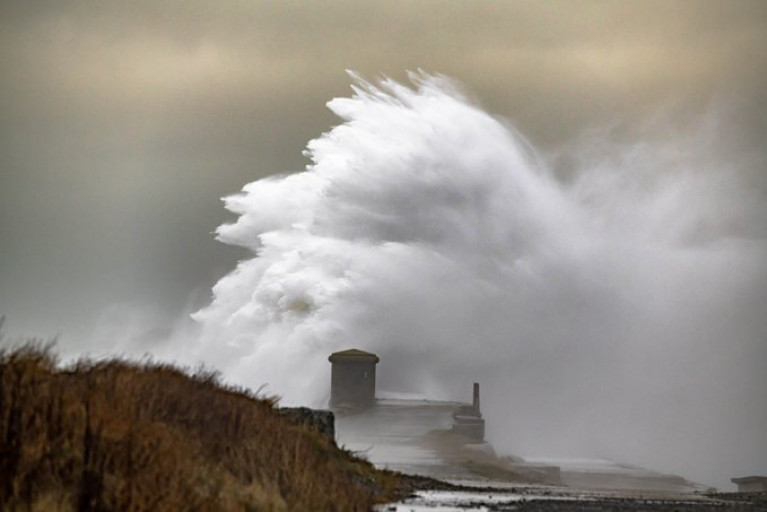Displaying items by tag: Holyhead Breakwater
Welsh Government Announces £20m Refurbishment of Holyhead Breakwater
At the north Wales ferry port of Holyhead, is where the Victorian era breakwater will undergo a £20m refurbishment to help protect the Anglesey port’s service and in preventing flooding.
Funding for works at the breakwater in Holyhead which took a quarter of a century to complete, was recently announced by the Welsh government.
For around 150 years the breakwater has protected Holyhead from the rigours of Irish Sea storms, but erosion has threatened its stability notably in more recent years.
The breakwater which at 2.39km (1.5 miles) is the longest in the UK, forms part of the port which is owned by the ferry operator Stena Line and where rivals, Irish Ferries also sail to Dublin Port.
It is estimated the total cost for the breakwater is £110m.
During the UK government’s Spring Budget there was a pledge of £20m announced, meaning the budget has doubled with the Welsh government's £20m loan.
Commenting on the financial support, Ian Davies, head of UK port authorities at Stena Line Port Ltd, said: "The Victorians built this fantastic piece of infrastructure, but unfortunately the one piece that was missing was the rock armour protection to give it longevity.
"Over its 150-odd years life it's now been undermined from constant wave erosion and tidal erosion to the point where - structurally the top looks fine - but the rubble mound that it sits on top of has virtually worn away."
The day after the announcement, on Friday saw the First Minister of Wales, Mark Drakeford visit the port as BBC News reports with further coverage.
The Port of Holyhead is to benefit from the UK Government’s Spring Budget which has pledged to give the Welsh Government £20m to help secure the future of the breakwater at the ferryport on Anglesey.
The historic breakwater which is the longest 2.39km (1.5 miles) in the UK, is built from the rocks of a nearby quarry at Holyhead Mountain and involved a construction period of 25 years. This saw work began in 1848 until its completion in 1873.
Over the decades and recent (storms) battering the rocks positioned in front of the vertical wall has been steadily lowering due to action of the waves and the grinding down pf rocks into smaller pieces. In turn these pieces are washed off the mound.
The eroding process affecting the breakwater has led to concerns that this will leave the vertical wall at risk of collapse in the coming years.
A breach of the Victorian-era breakwater would allow large waves into the Holyhead outer harbour and make the port untenable for users.
The north Wales port is where services by Stena Line and Irish Ferries (including a seasonal fast-ferry) operate on the route to Dublin Port. Ferries berthing at Holyhead use the Salt Island terminal which is connected to the mainland by a road causeway.
The port is owned by Stena Line Ports Ltd which are working with Royal HaskoningDHV, the Dutch engineering consultants based in Amersfoort, is in discussion to the construction of a long-term and robust refurbishment.
More NorthWalesLive reports on the budget's funding of the proposed project which overall would cost approximately £100m.
Holyhead Breakwater: Stena Close after Battering from Storms Leaves Too Unsafe for Public Access
The Port of Holyhead's breakwater has been closed by Stena after recent storms have left it too unsafe for public access.
The historic breakwater - that protects Holyhead port - has been badly hit by Storm Arwen and Storm Barra.
It means owner Stena Line Ports has to restrict access as it assesses the damage.
A spokesman said: "Stena Line Ports regrets to inform the public that storm damage has forced the closure of Holyhead’s Breakwater.
"Storm Arwen and Storm Barra have resulted in areas of the historic breakwater being too unsafe for public access.
To read more on the breakwater built between 1848 and 1873, North Wales Live reports.
























































